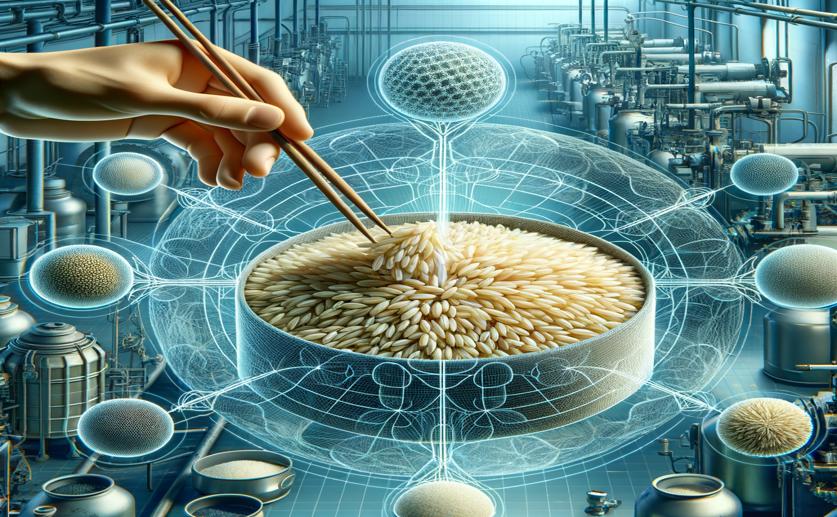
Exploring the Protein Makeup of Rice Linked to Sake Quality
Jenn Hoskins
13th April, 2024

Image Source: Natural Science News, 2024
Key Findings
- In Japan, researchers found that protein types in rice affect sake flavor
- Yamadanishiki and Dewanosato rice have less protein, potentially better for refined sake
- Protein distribution varies within the rice grain and among different rice varieties
NutritionPlant ScienceAgriculture
References
Main Study
1) Spatial Distribution and Characteristics of Protein Content and Composition in Japonica Rice Grains: Implications for Sake Quality
Published 12th April, 2024
https://doi.org/10.1186/s12284-024-00708-w
Related Studies
2) Characterization of peptides generated in proteolytic digest of steamed rice grains by sake koji enzymes.
Journal: Journal of bioscience and bioengineering, Issue: Vol 104, Issue 4, Oct 2007
3) Rice protein digestion by sake koji enzymes: comparison between steamed rice grains and isolated protein bodies from rice endosperm.
Journal: Journal of bioscience and bioengineering, Issue: Vol 102, Issue 4, Oct 2006
4) Cereal seed storage protein synthesis: fundamental processes for recombinant protein production in cereal grains.



 3rd March, 2024 | Jim Crocker
3rd March, 2024 | Jim Crocker